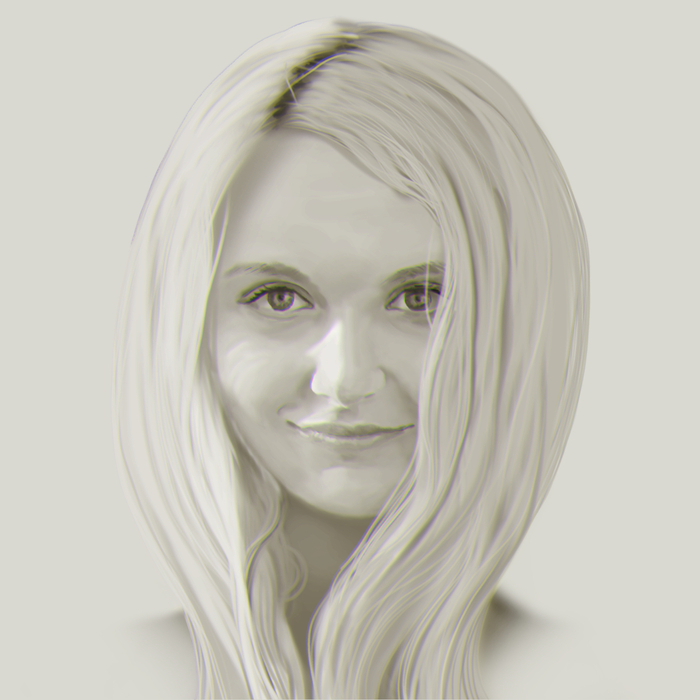What The Doodle Is A Value Study?
Tuesday • April 19th 2022 • 7:15:02 pm
It is 95% of a digital painting,
it is a major part of fast painting technique.
The word value in art,
means the darkness or brightness of a color.
So shadow and light,
It is a study of shadows, mid-tones, light, and highlights.
Someone chose the world value,
because it is short.
And then it caught on,
because it makes an artist sound like a pro.
“Hey, bro, I got to park my car in the low values,
so that the glue in my custom trim work doesn’t turn to gooooo” - true story.
So, you start by painting a black and white version of your color photo,
which when you think about...
It is much-much simpler and crazy-quicker
than when painting with a full color palette.
And then, as you add rough colors,
generic green for grass, fancy aquamarine for ocean.
The computer will ignore the value in the color you picked,
and instead use the value from your value study.
So you are laying down the right color,
and the computer ensures it is the right darkness...
The shadows, mid-tones, light, and highlights,
that you already configured, and you know that they work.
In the old way of painting,
a value study is about finding the darkest spots in your paining.
Pencils and charcoal,
were just perfect for it.
Basically you throw the color away,
and focus on the shadows first.
The Old Masters would create brown under-paintings,
that sometimes needed little more than a glaze of color.
Once you have your black and white painting,
you add a new layer and set layer mode to color.
All graphic programs,
have that feature.
And in this layer mode, your program will substitute value in the all the colors on this layer,
with values from all the layers combined, beneath it.
Let me restate that, all the colors on the color layer will have theri value removed,
and then the value from all the layers beneath will be used.
It this simple and rapid painting technique,
it pretty much does not make sense to have any color beneath your COLOR MORE layer.
What you want is black, grays and white information,
because that is what that technique is about.
And one interesting way to test all this,
is to grab a black and white photo, or even a picture of an ancient greek sculpture.
Make sure to de-saturated it,
even though it maybe black and white already.
And then add a new layer on top,
set the mode to Color.
And then use a flesh tone color, or pick one from a color photo,
and gently spray it on the color layer.
So as long as it is a flesh tone it does not matter if the color seems too dark or too bright,
because that information will come from the black and white photo or sculpture beneath.
